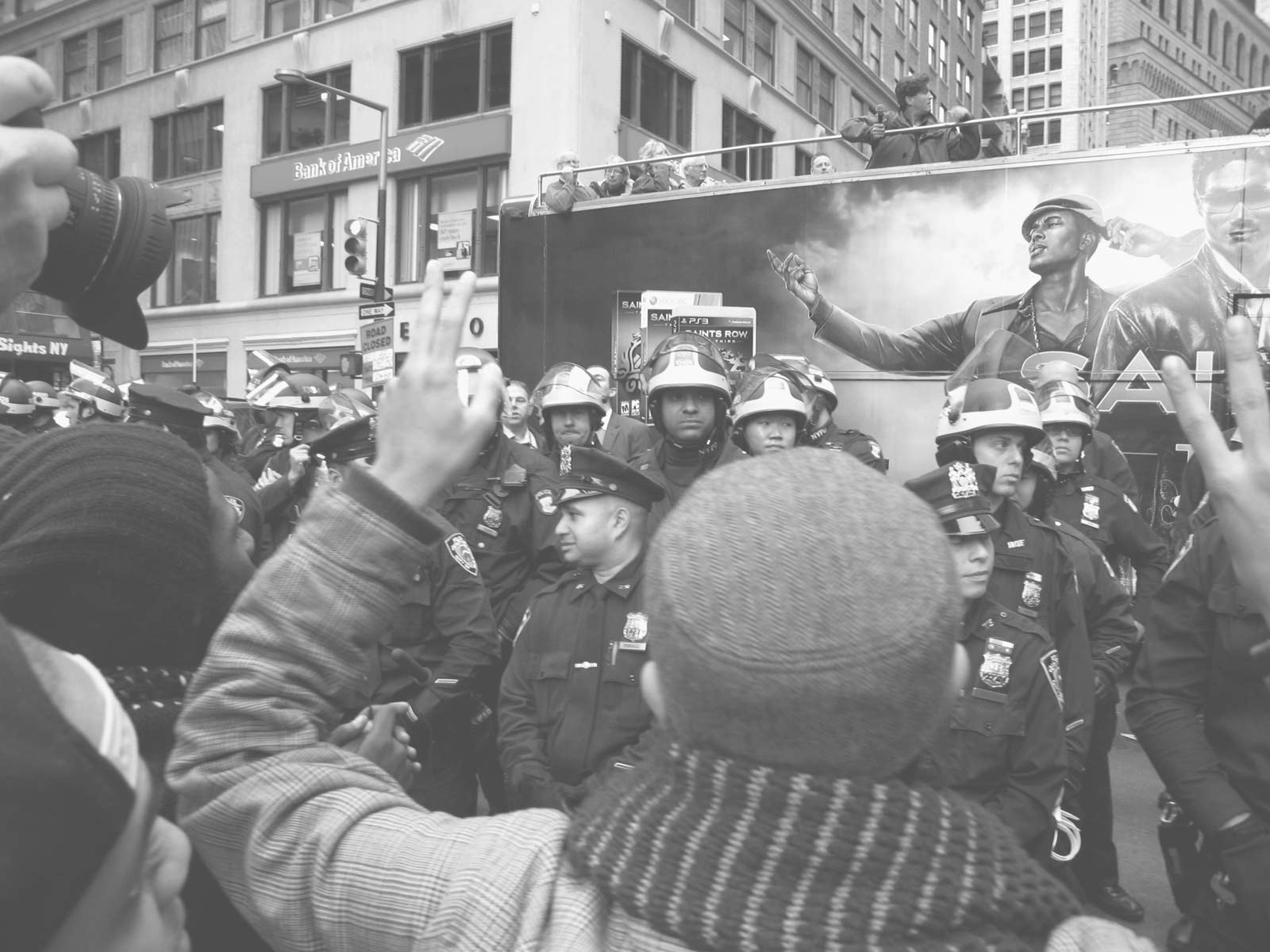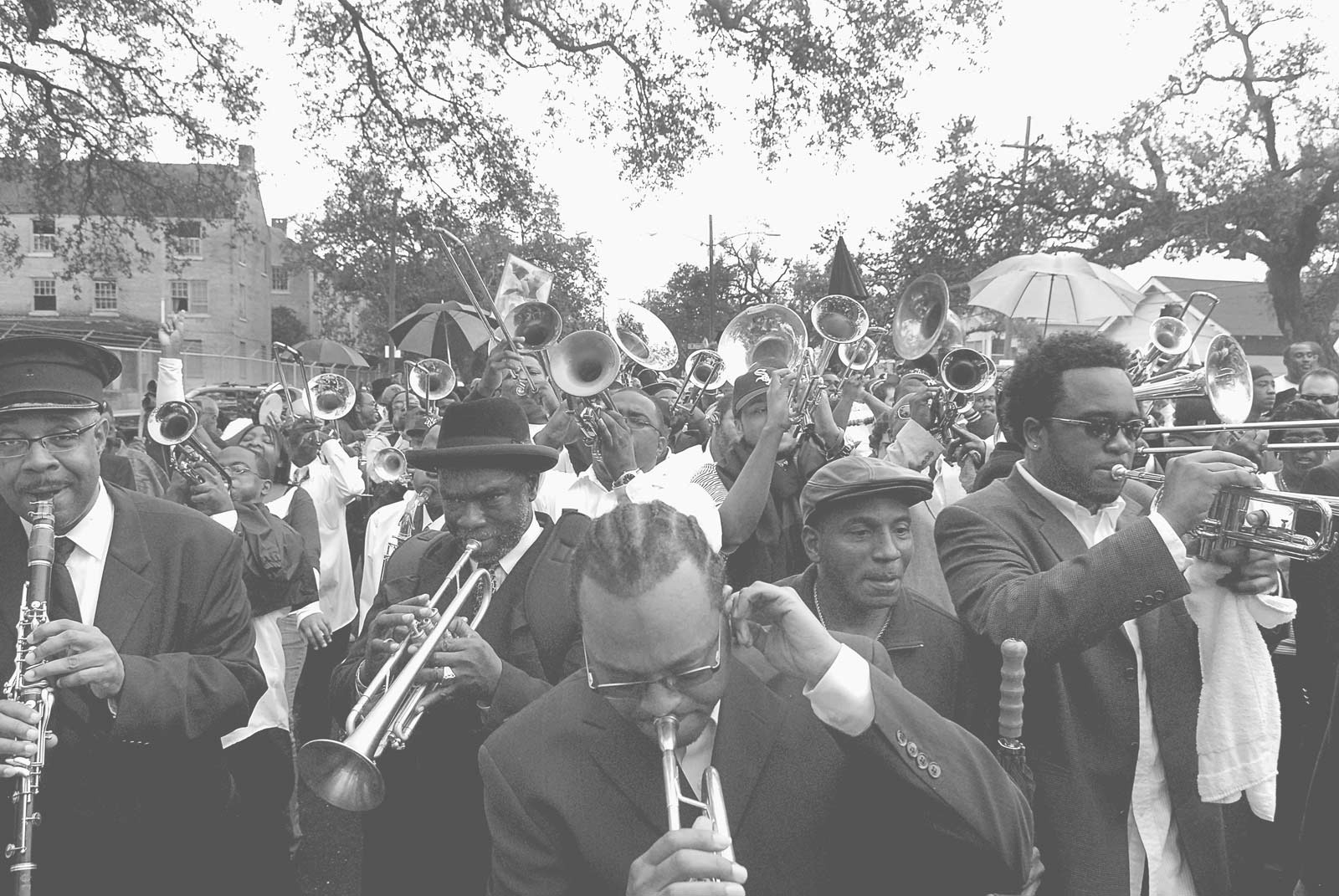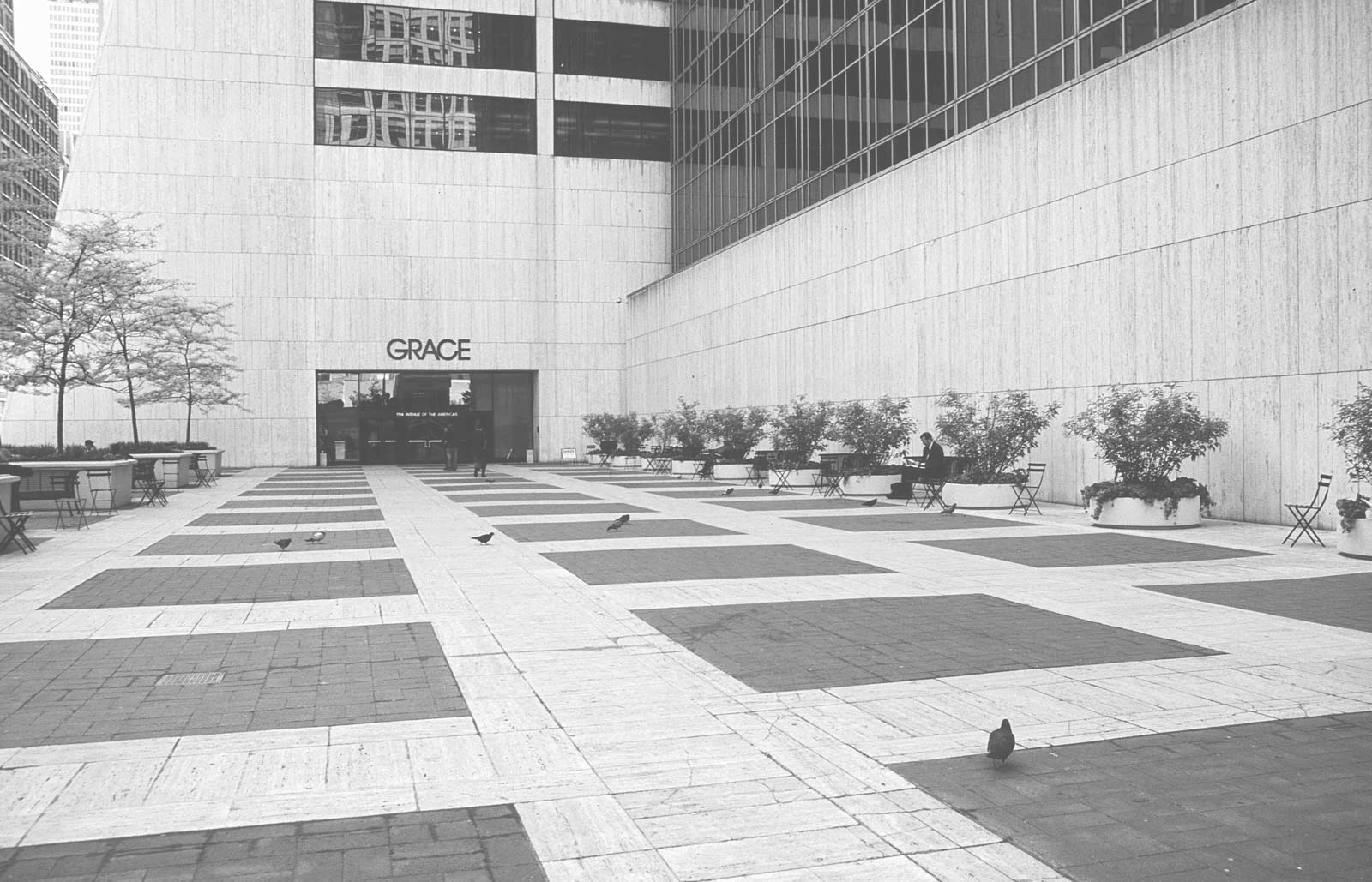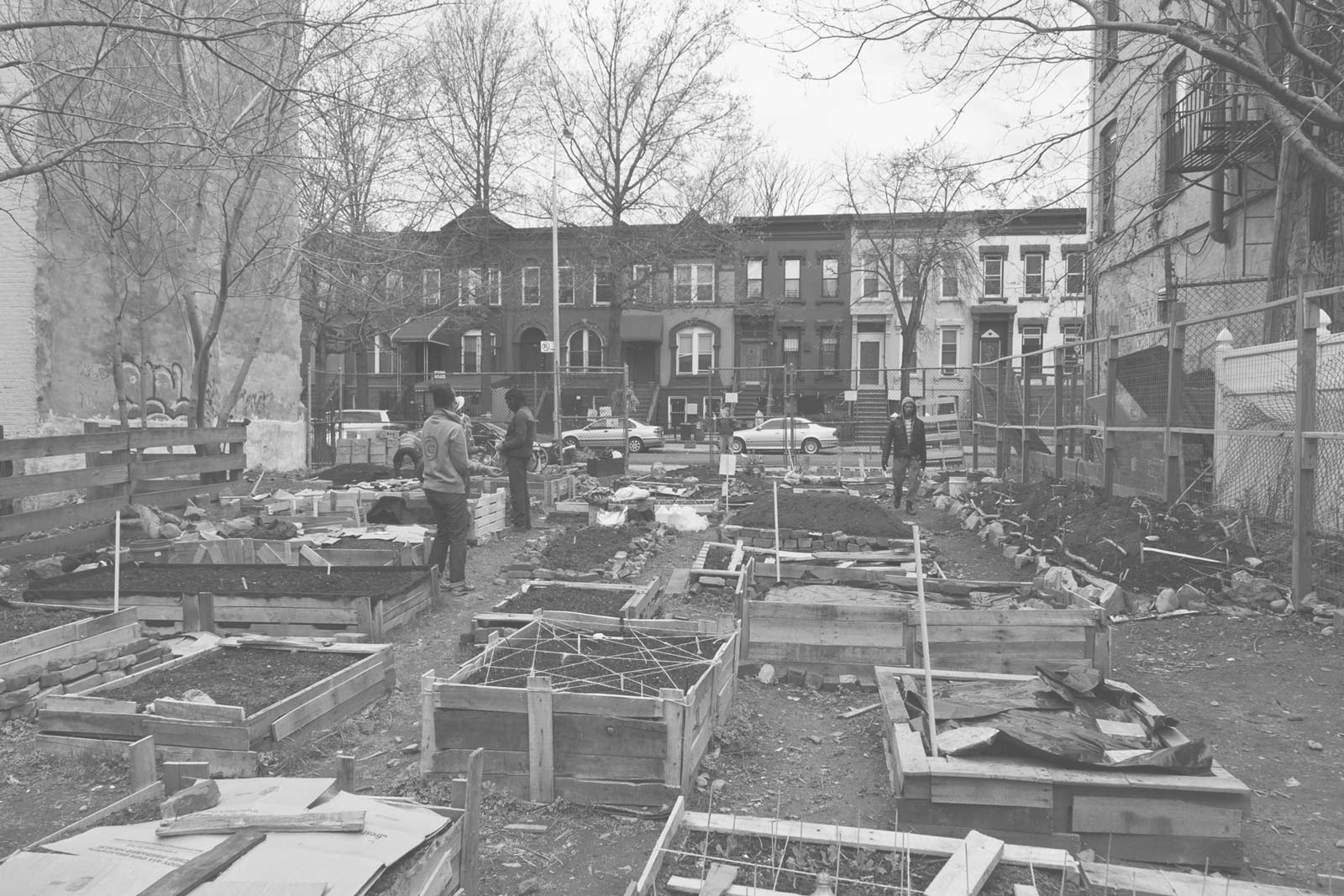Both Michael Kimmelman, chief architecture critic of the New York Times, and Tom Angotti, director of the Hunter College Center for Community Planning & Development, recently wrote excellent articles discussing Hurricane Sandy and the public debate about how to best protect New York City and other cities from future storms given the growing consensus that powerful storms and sea level rise are inevitable. Both ask, who will be protected and who will pay?
In the New York Times article, “Vetoing Business as Usual After the Storm,” Michael Kimmelman writes,
Hurricane Sandy was a toll paid for procrastination. The good news? We don’t need to send a bunch of Nobel laureates into the desert now, hoping they come up with some new gizmo to save the planet. Solutions are at hand. Money shouldn’t be a problem either, considering the hundreds of billions of dollars, and more lives, another Sandy or two will cost.
So the problem is not technological or, from a long-term cost-benefit perspective, financial.
Rather it is the existential challenge to the messy democracy we’ve devised. The hardest part of what lies ahead… will be staring down the pain, dislocation and inequity that promise to upend lives, undo communities and shake assumptions about city life and society. More than requiring the untangling of colossal red tape, saving New York and the whole region for the centuries ahead will become a test of civic unity.
“At this point there’s no logic, politics and sentiment aside, to FEMA simply rebuilding single-family homes on barrier islands like the Rockaways, where they shouldn’t have been built in the first place, and like bowling pins will tumble again after the next hurricane strikes,” Kimmelman adds.
In the Indypendent article, “On the Waterfront,” Tom Angotti parallels many of Kimmelman’s sentiments and expresses the need for a “more equitable strategy going forward that forces the powerful real estate giants in Manhattan to pay the steep price of fortifying their luxury enclaves and puts public funds into protecting the most vulnerable working people.” Furthermore, Angotti adds that “if the city and state administrations seriously want to address climate change, they might begin to limit development in flood-prone areas instead of promoting it. They could also put more money into preserving and retrofitting the city’s housing stock, especially public housing and homes in vulnerable areas, instead of wasting money to protect lavish new developments.”
Both Angotti and Kimmelman would agree that Sandy’s aftermath has provided designers, planners, and engineers with a perfect opportunity to finally get back, after so many decades, to the decision-making table. In the words of Kimmelman, “It’s no good merely to try to go back to the way things were, because they are not.”





Follow Us!